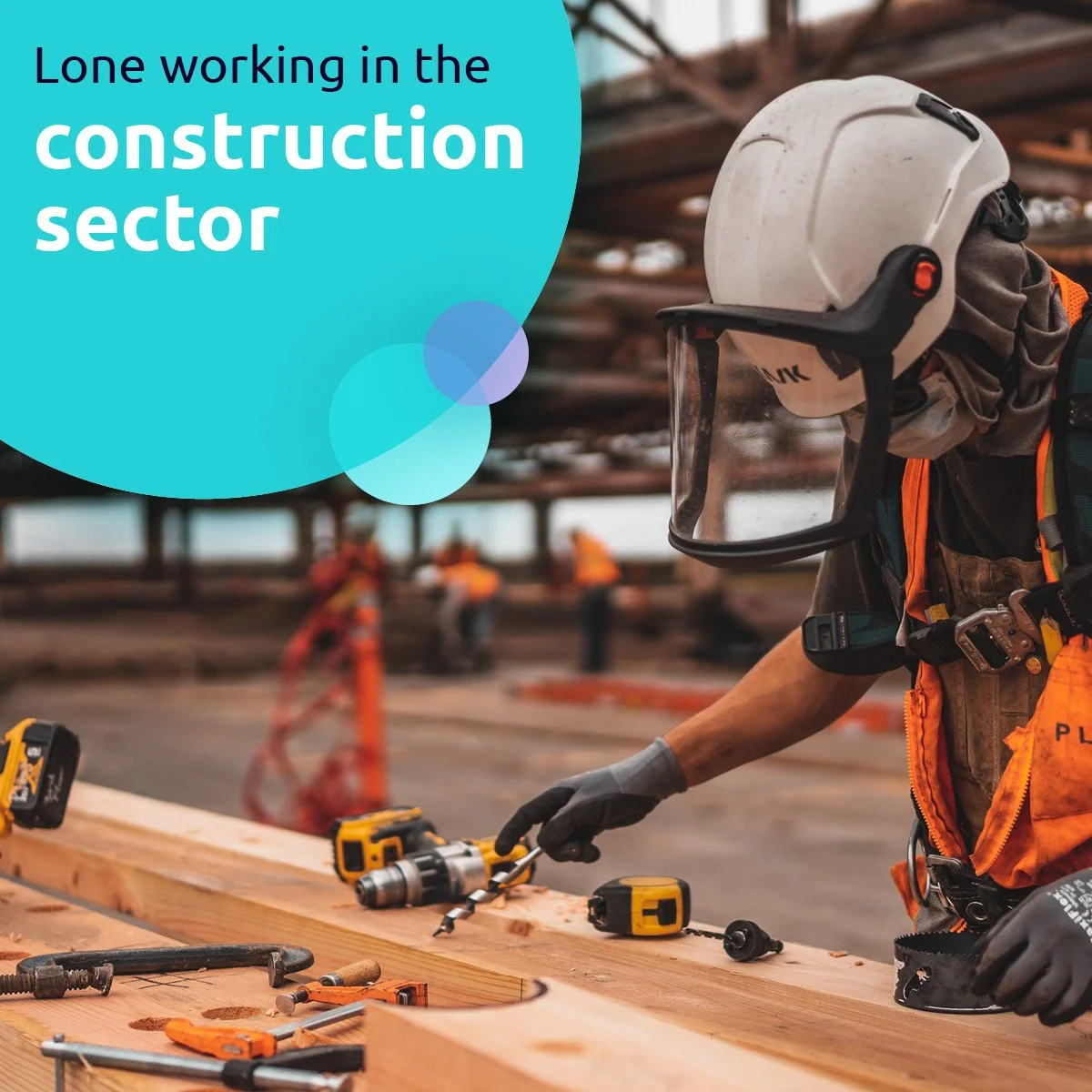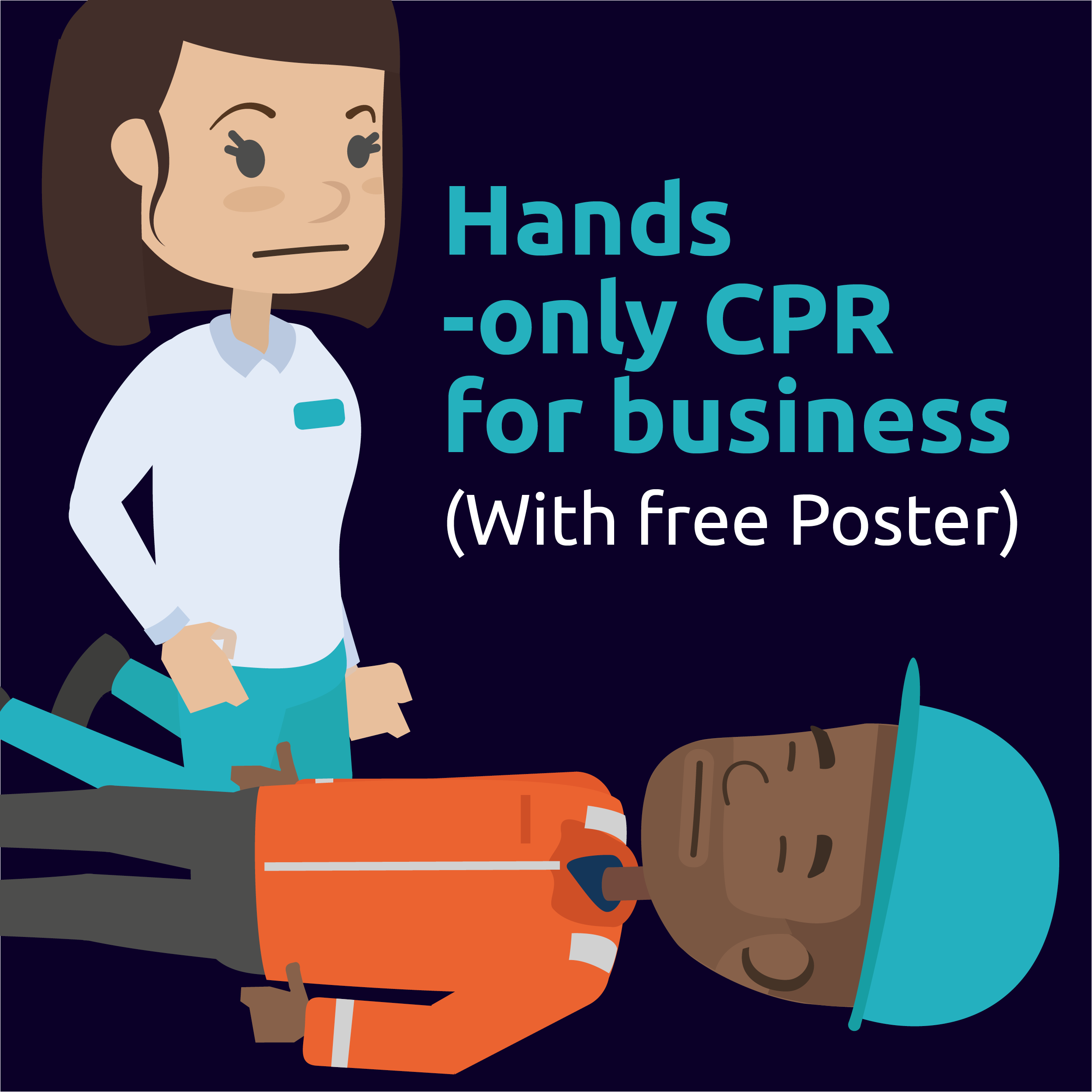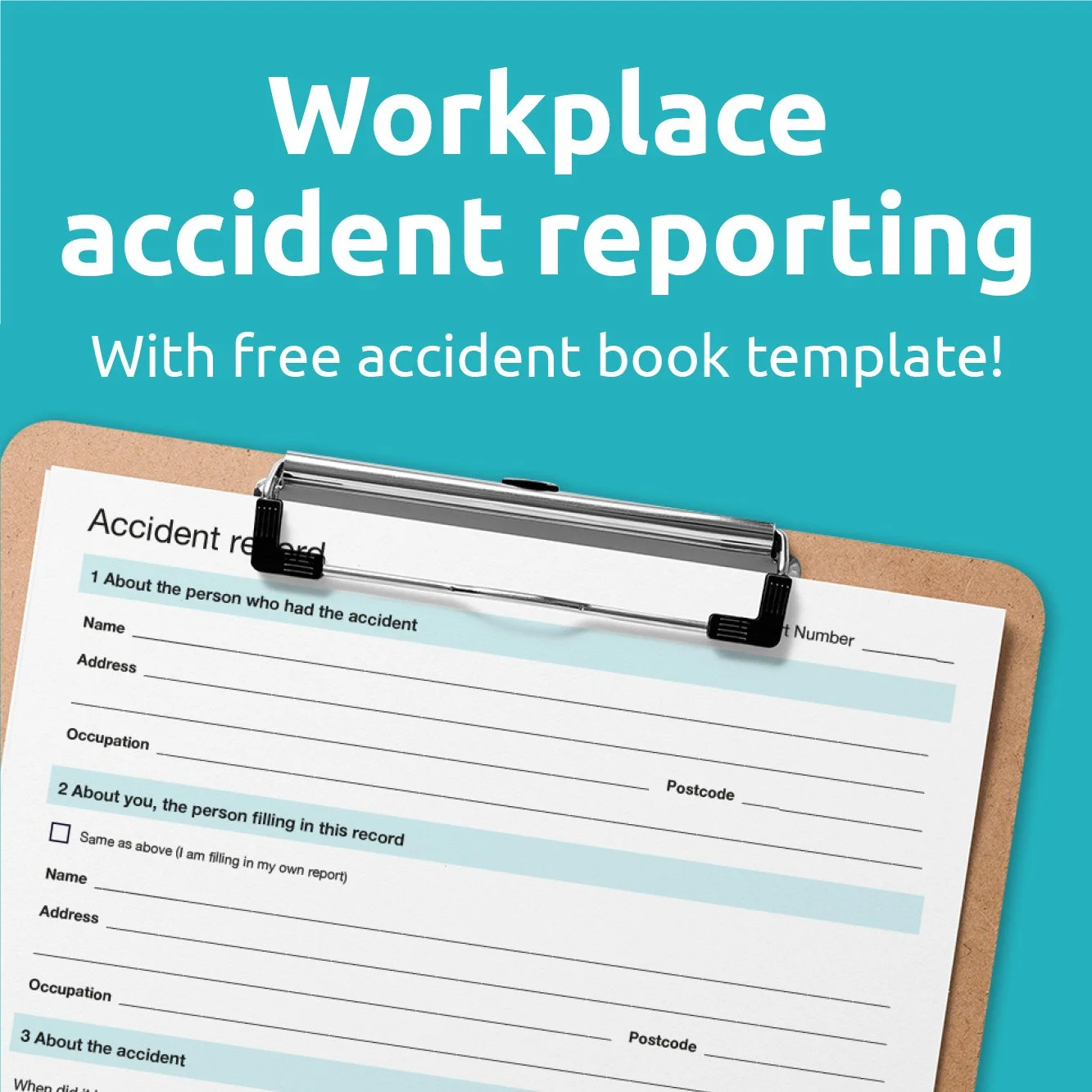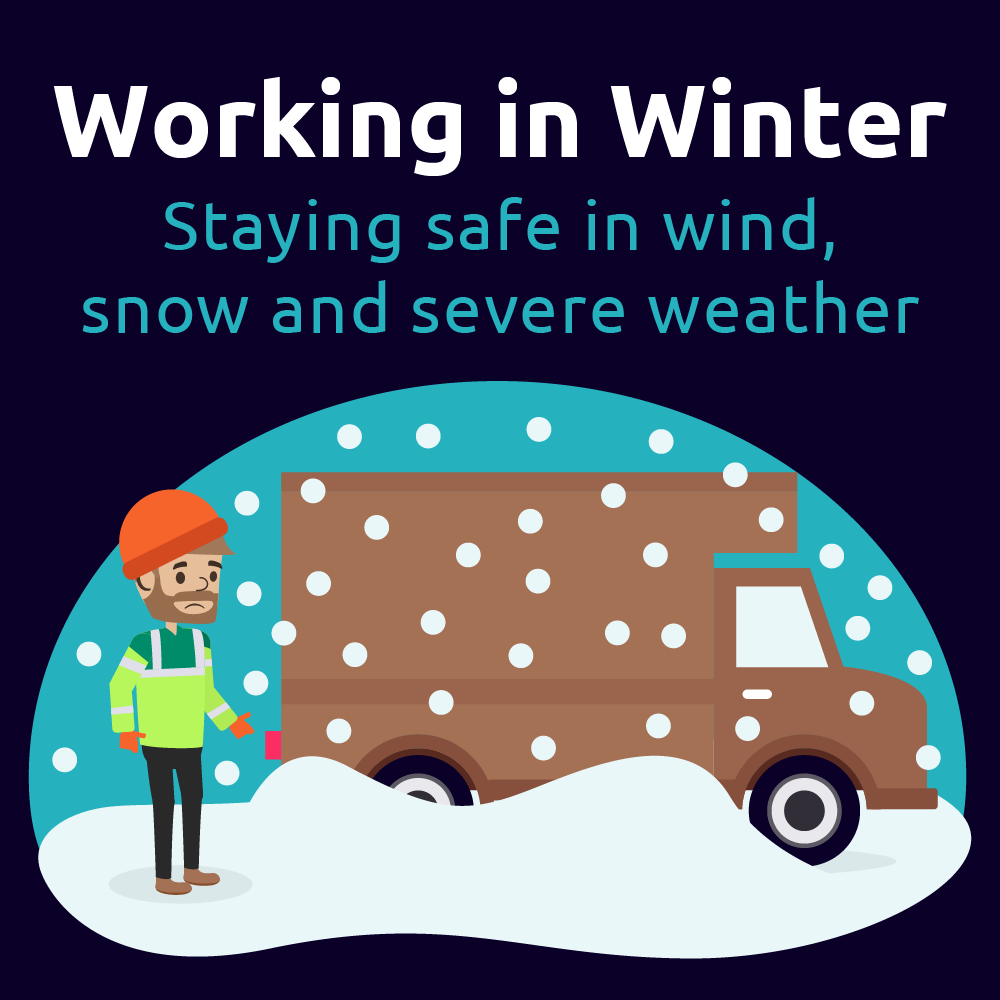Safepoint not only provides the most advanced lone worker solutions on the market, we also are focused on making businesses more productive, while making life easier for remote and flexible workers.
Read MoreDue to its simplicity, hands-only CPR is encouraged by groups such as the British Heart Foundation as an easier way for untrained bystanders to perform CPR.
Read MorePPE (Personal Protective Equipment) is equipment provided by an employer to help protect their staff from workplace hazards…
Read MoreIn this article, we’ll look at some of the fundamental risks associated with the aviation industry, how risks are changing, and how these tie in to lone working.
Read MoreHealth and safety law says ladders can be a sensible and practical option for low-risk, short-duration tasks, although they should not automatically be your first choice for working at height.
Read MoreFor those that work in these higher-risk roles, periodic check calls can provide a simple and cheap method for checking in with staff but are there downsides?…
Read MoreOrganisations with more than 10 employees must have an accident book. This may be a physical book or a digital system, but it needs to be secure and confidential.
Read MoreThere are no hard and fast rules on which lone workers do and do not need an alarm, however, organisations do have legal a duty to find a lone working solution appropriate to their workers’ level of risk.
Read MoreWhether within the school grounds, in the community, on a school trip, or even while working at home, the safety of those working alone (lone workers) must be specifically addressed within your school’s risk assessment.
Read MoreFor those working outside, at heights or on the road, autumn and winter can bring a higher risk of injury. With the colder weather comes a number of risks…
Read More




















